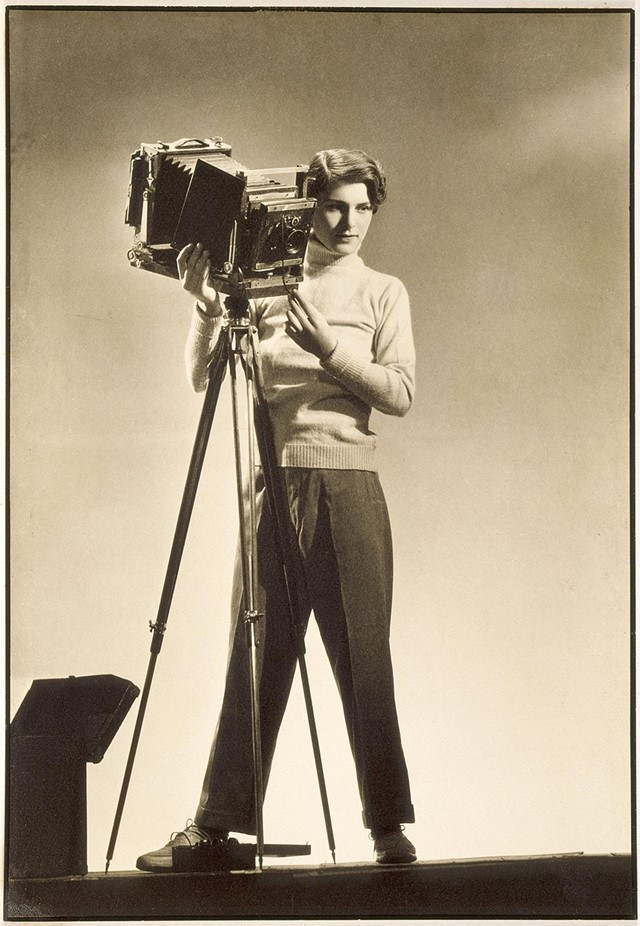Oppressed by their male contemporaries, AnOther spotlights the female image-makers who paved the way for their successors
For too long, the work of historical female photographers has been cast aside in favour of celebrating that of their better-celebrated male contemporaries – an injustice that a provocatively titled exhibition, Who’s Afraid of Women Photographers?, is hoping to overthrow. A staggering 165 female photographers are included in the ground-breaking exhibit – so many that the show has been divided over two Paris venues – which aims to bring the work of overlooked female photographers out of the darkroom and into the light, redressing an imbalance that has long left their photographs have been neglected. Inspired and intigued, AnOther shines a spotlight on nine inspiring photographic pioneers whose trailblazing pursuit of their passion paved the way for generations of successors.
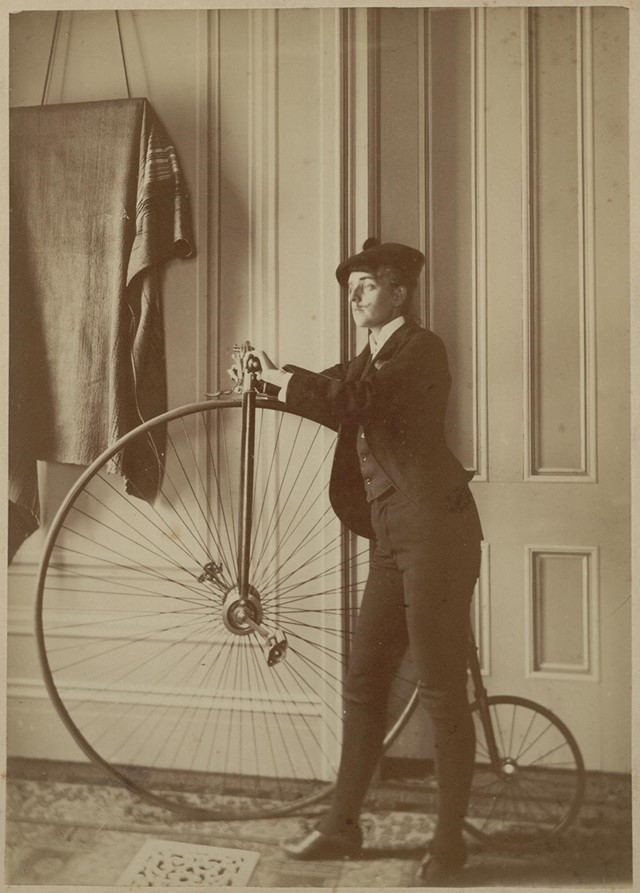
Frances Benjamin Johnston (1864 – 16 May 1952)
Born in West Virginia in 1864, the tenacious Frances Benjamin Johnston was one of the earliest female American photojournalists. Johnston’s photographic career had delightfully auspicious beginnings: she studied at the Académie Julian in Paris, was trained in darkroom techniques by the director of photography at the Smithsonian and was given her first camera as a gift from George Eastman, the inventor of the Eastman Kodak apparatus. Her self-portraits show a confident, avant-garde photographer who had an ingrained understanding of photographic technique. In one self-portrait she surreptitiously lifts up her skirt revealing her petticoats with one hand, and holds a beer stein in the other. She was wholly committed to promoting the work of female photographers, and co-curated an exhibition of 28 women photographers at the 1900 Exposition Universelle, which toured to Saint Petersburg, Moscow, and Washington, DC.
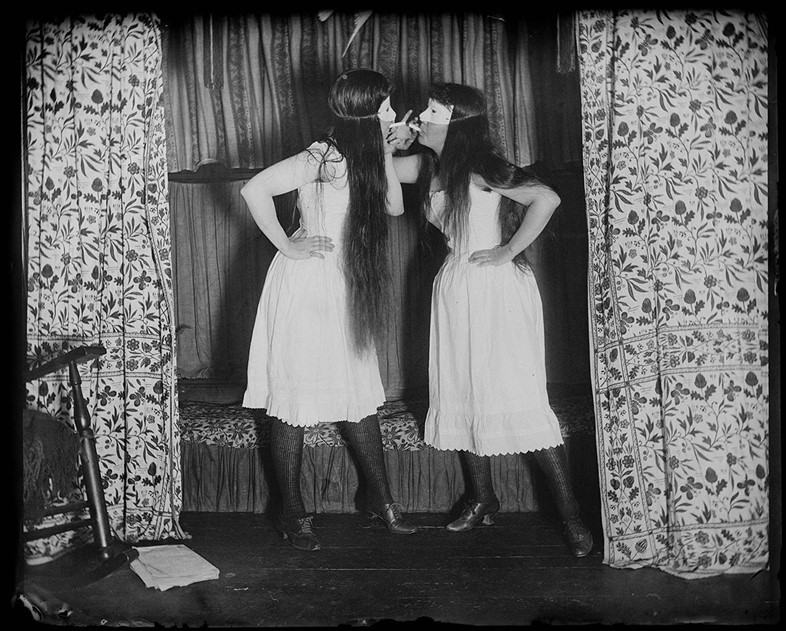
Alice Austen (March 17, 1866 – June 9, 1952)
The first negative from Alice Austen dates from 1884, and over the 40 years that followed she produced over 8,000 photographs. This impressive output demonstrates the fervent passion that Austen applied to her photographic practice, whose subjects ranged from the upper middle class society of Staten Island to the lower classes living on New York's Lower East Side. Austen was undoubtedly introduced to the medium by her uncle, a chemistry professor who taught her the science behind processing. In the enigmatic image entitled Trude and I Masked, Short Skirts’, dated 1891, the photographer (aged 25 at the time) poses with a minister’s daughter, while both are smoking and wearing masks. The uncanny doubling and compositional symmetry at play here are clear forerunners to the modernist and surrealist photographic expressions of the 20th century.
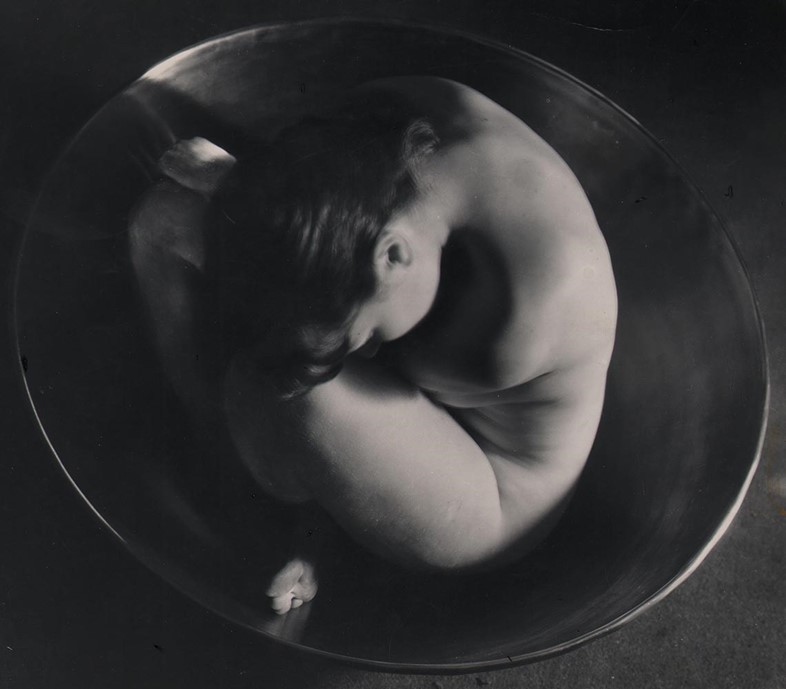
Ruth Bernhard (1905 – December 18, 2006)
“The greatest photographer of the nude,” proclaimed Ansel Adams when describing German-born American Ruth Bernhard, whose black and white nudes treat the human body with a sculptural gusto. Bernhard started her career as an assistant to contemporary filmmaker and photographer Ralph Steiner, but after he terminated her employment she used the severance pay to purchase her own photographic equipment. Bernhard spent much of her time in Manhattan, where was firm friends with fellow photographer Berenice Abbot and Abbot’s lover Elizabeth McCausland, and an active participant in the lesbian sub-culture of New York's art world.

Tina Modotti (1896 – January 5, 1942)
Actress, model, revolutionary political activist and photographer, Tina Modotti was as ferocious as she was talented. In the late 1910s and early 1920s Modotti started acting in silent movies and plays, but it was primarily the meeting and befriending of photographer Edward Weston that put Modotti on the path to becoming a photographer. By 1921 she and Weston had begun a romantic relationship, and two years later the couple moved to Mexico City. Inspired by her mentor and by her new surroundings, Modotti began to capture Mexican life and society, and with her unique modernist perspective she was able to portray the change and revolution that she witnessed during that time. Modotti’s photographic work was largely overlooked until the 1990s, when a large number of her photographs were unearthed in an Oregon farmhouse. The moment marked the suprising revelation that Modotti was as talented a photographer as her more famous lover, Weston.
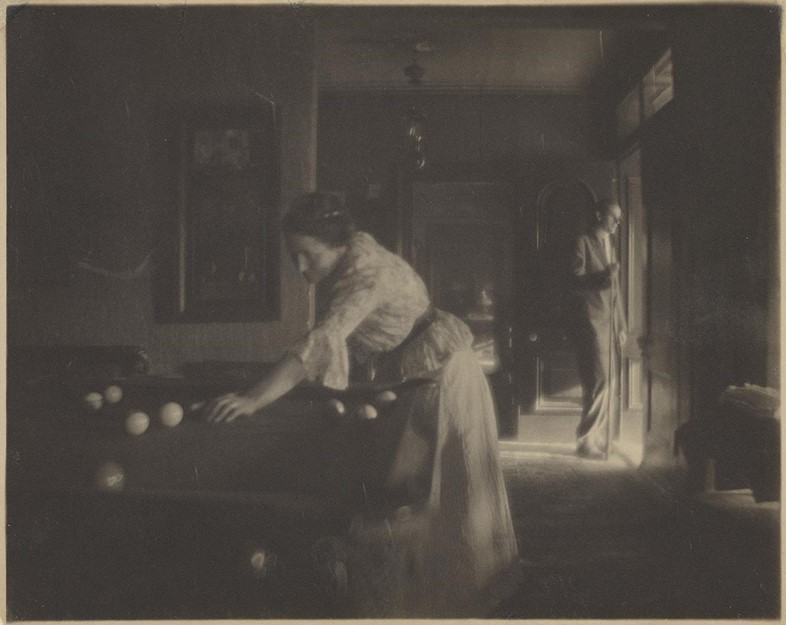
Gertrude Käsebier (1852–1934)
In 1899 a photograph entitled The Manger by Gertrude Käsebier was sold for $100, which, at the time, was the highest amount that had ever been paid for a photograph. Although not widely known, Käsebier is identified by photographic historians as one of the most influential photographs of the 20th century. She started photography a little later in life, beginning art school at the age of 37, but within eight years she had exhibited 150 photographs at the Boston Camera Club, from sensitive depictions of motherhood to moving portraits of Native Americans. Käsebier famously incited other women to take up photography, and urging them to join the new and exciting field: "I earnestly advise women of artistic tastes to train for the unworked field of modern photography. It seems to be especially adapted to them, and the few who have entered it are meeting a gratifying and profitable success."
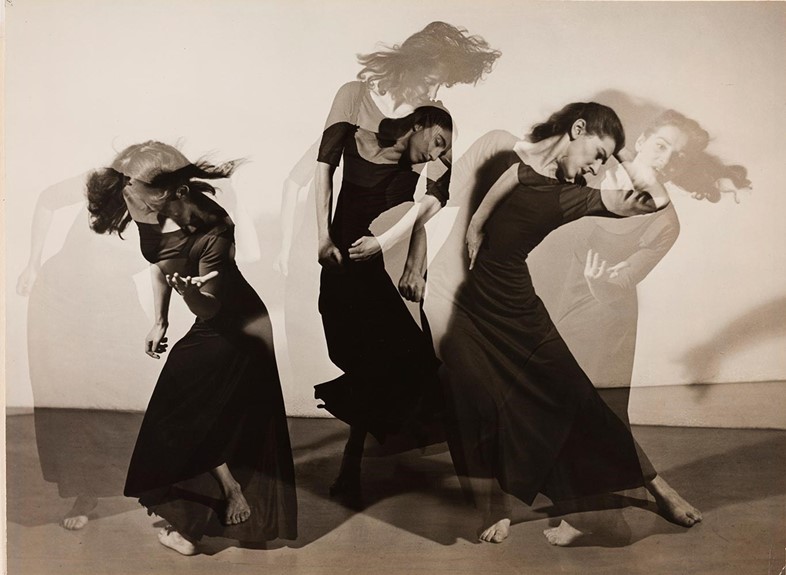
Barbara Morgan (July 8, 1900 – August 17, 1992)
The dynamic and fluid images of contemporary dancers that are commonly associated with photographer Barbara Morgan were conceived one night when she attended a performance in 1935 at the Martha Graham Dance Company. She was already a practising photographer, having set up studios in New York in 1931, but upon witnessing the ground-breaking choreography she recognised how crucial it was to document the social importance of the emerging American Modern Dance movement. Her experimentation with technical aspects of photography, such as multiple or long exposures, enabled Morgan to depict the energy and vigour displayed by the contemporary dancers. Along with photographers like Ansel Adams and Dorothea Lange, Morgan was also one of the co-founders of Aperture magazine, the international photography magazine that is still widely successful today.
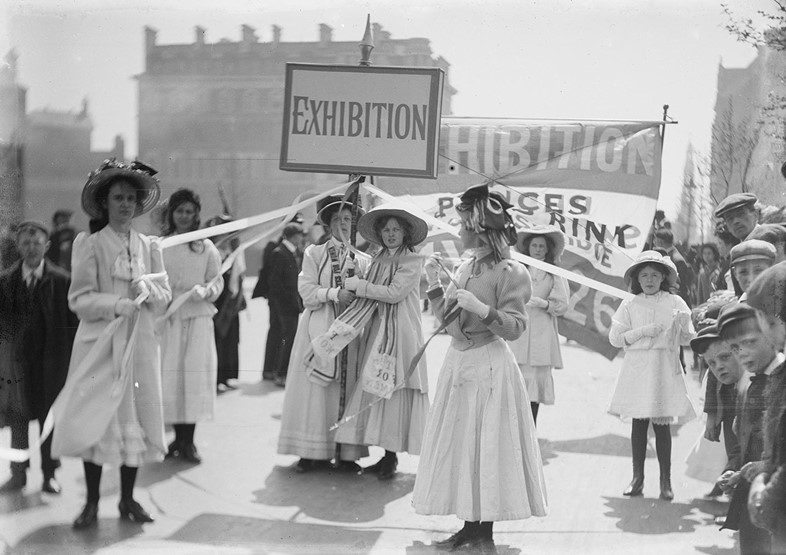
Christina Broom (28 December 1862 - 5 June 1939)
Christina Broom is broadly recognised as the UK's first female press photographer. After suffering financial losses in her family in 1903, Broom borrowed a camera and was an entirely self-taught photographer, which enabled her to sell postcards of photographs from a stall in the Royal Mews in Buckingham Palace. Broom maintained this stall from 1904 until 1930, during which time her images were included in Tatler, Country Life, The Sphere and The Illustrated London News. In this respect, Broom was a true photographic pioneer, taking her camera with her into the streets of London, and creating photographs which perfectly encapsulated the social zeitgeist of early 20th century Britain.
Who's Afraid of Female Photographers runs jointly at the Musée de l'Orangerie and the Musée d'Orsay from October 14 2015 until January 24 2016.
